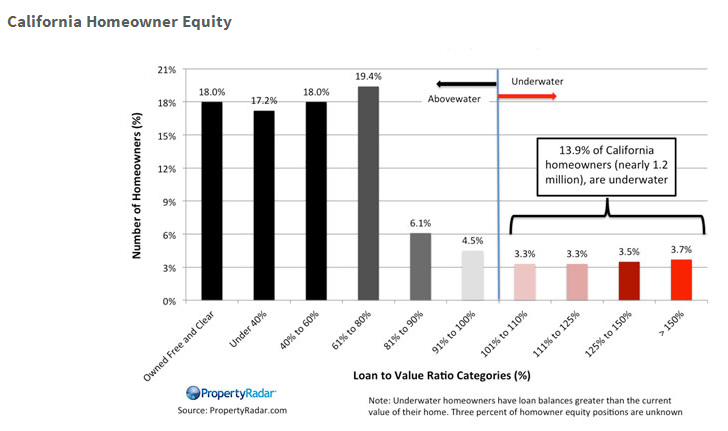Boomers are finding easier access to hedge funds
Post on: 15 Июнь, 2015 No Comment

SanjoyGhosh
Sanjoy’s Latest Posts
A generation of investors nearing retirement is increasingly looking at alternative investments, such as commodities, real estate, private equity and hedge funds, not only to reach for higher returns but also to provide a hedge against risk through portfolio diversification.
The interest in defensively using asset classes once considered out-of-reach and risky comes after traditional asset allocation diversification across stocks and bonds failed to provide the protection promised when markets fell in 2008 and the first quarter of 2009.
Many investors were so stunned by losses that they didn’t get back into stocks during the market’s strong recovery; the Standard & Poor’s 500 Index bottomed at 666 on March 6, 2009; it was at 2,068 on November 24, 2014.
Many older investors, baby boomers in particular, missed out on the run up and now aspire to catch up but, at the same time, hedge their portfolios — especially with the stock and bond markets fully, if not richly, priced, as many believe.
Of course, when there is a market downdraft as extreme as the global financial crisis, there is the potential for all asset classes to take a hit. Even gold — which rallied in 2009 — fell during the initial stages of the financial crisis in late 2008. when investors were selling anything they could as credit markets seized up.
Another factor fueling the trend to alternatives is that some of these investments, once thought of as arcane instruments suitable only for institutional or ultra-high-net-worth investors, have become more readily accessible through exchange-traded funds (ETFs). They are becoming the boomers’ tool of choice, as these asset classes often have little correlation to stocks and bonds.
Two examples:
- Gold has a particularly low correlation, as it provides a hedge against geopolitical tensions, high budget deficits, rising interest rates and higher borrowing costs, all of which are negative for credit markets and equities. As shown here, SPDR Gold Shares have a low correlation of 0.02 with the Vanguard Guard Large-Cap ETF over the past five years.
- Real-estate investment trusts (REITs) may diversify a portfolio, as well as provide high yields in a low-interest rate world. The Vanguard REIT Index has a correlation of -0.06 with the iShares Barclay TIPS Bond Fund.
Other examples exist. Hedge funds provide an array of strategies — for instance, merger arbitrage and long-/short-funds — which also post competitive returns in a low-interest world and diversification away from a portfolio solely invested in equities, bonds and cash via money markets.
Private equity and venture capital funds offer a way to diversify, as well as invest along with some of the world’s sharpest long-term buyout brains or in early-stage companies that may become the next Facebook or Google. Historically, these two high-return high-risk asset classes have been the domain of the superwealthy, pension funds and endowments. They are becoming increasingly available and suitable for individuals, however, with as little as $50,000 to invest.
The key for investors is to remember that alternative investments are more accessible nowadays — and while nothing can protect an investor against a massive market correction such as the global financial crisis (apart from going to cash) — alternatives can become a hedge against risk.














